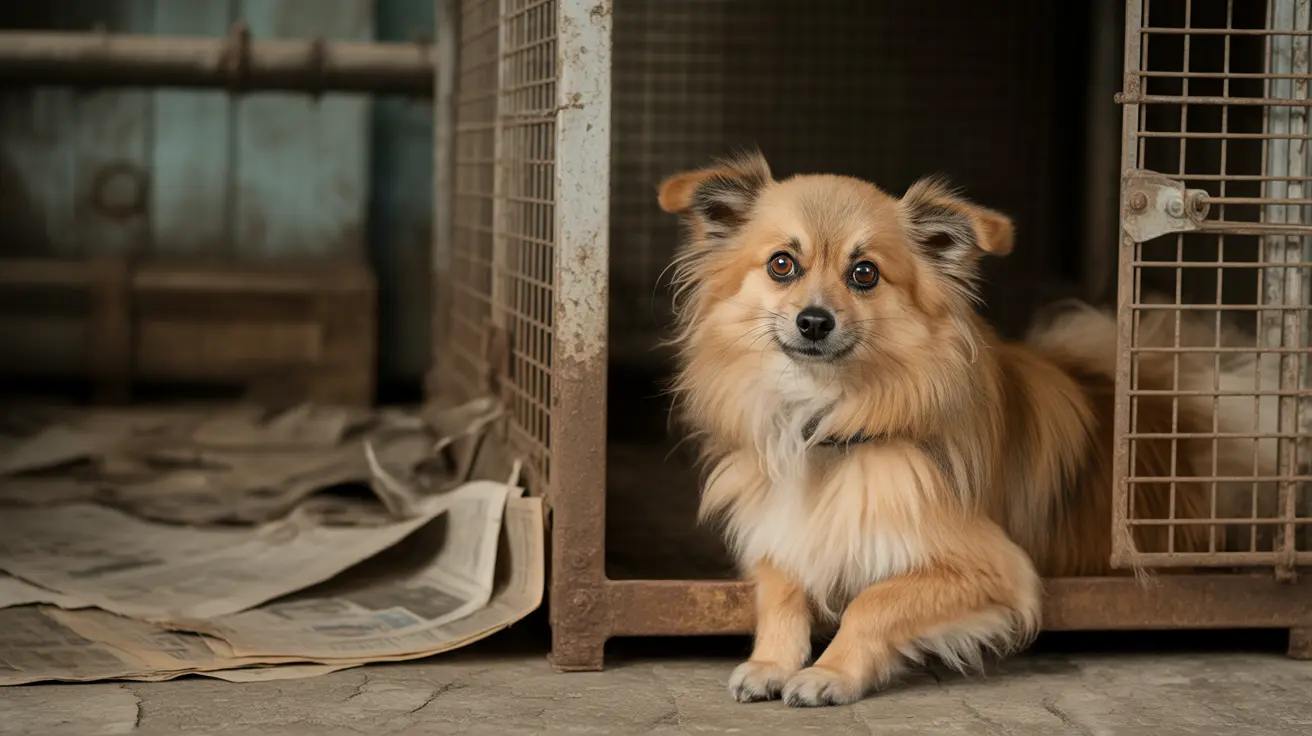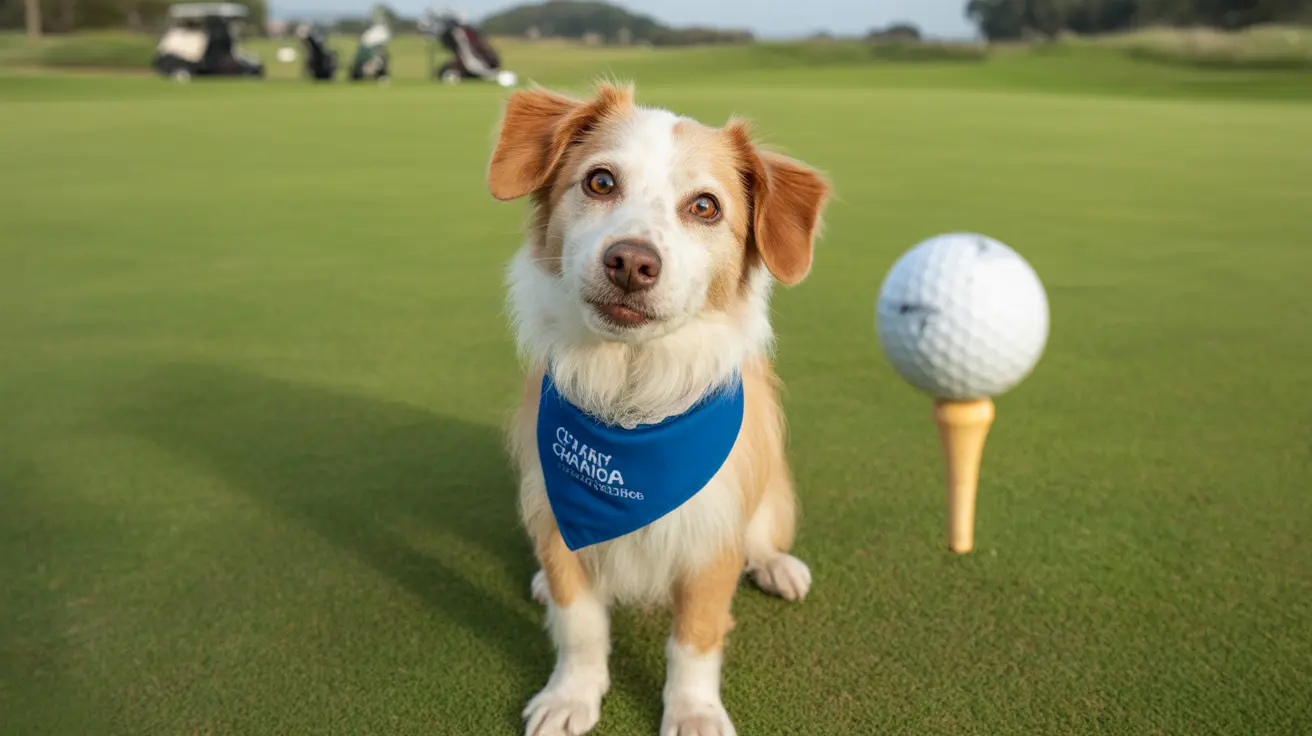The Most Common Drug Sniffing Dog: German Shepherd
When it comes to sniffing out illegal substances, one breed stands out above the rest: the German Shepherd. Known for their intelligence, versatility, and work ethic, German Shepherds are often the first choice of law enforcement agencies around the globe for drug detection work.
Why German Shepherds Are Ideal for Drug Detection
German Shepherds combine several traits that make them exceptional working dogs, especially for scent-related tasks like drug detection. Here are the key reasons why they are so commonly chosen:
- Highly Trainable: They quickly learn commands and can be taught complex behaviors.
- Strong Work Ethic: German Shepherds have a natural drive and focus that keeps them motivated.
- Intelligent: Their cognitive skills make them capable of understanding nuanced commands and adapting to new environments.
- Loyal and Protective: These dogs are fiercely loyal to their handlers and can function well under stress.
- Powerful Nose: A German Shepherd's sense of smell is between 10,000 to 100,000 times more sensitive than that of humans.
Historical Use in Law Enforcement
Originally bred in Germany in the late 19th century, German Shepherds were first used for herding and guarding sheep. Their exceptional abilities were quickly recognized by military and police forces. Today, they are a staple in K-9 units around the world. Since the mid-20th century, they have played a prominent role in drug enforcement efforts.
Training Methods
Drug sniffing dogs like German Shepherds undergo intensive training that lasts several weeks to months. Key steps include:
- Basic Obedience Training: To ensure the dog responds reliably to commands.
- Scent Imprinting: Dogs are trained to recognize the specific scents of various drugs such as marijuana, cocaine, heroin, methamphetamines, and more.
- Search Drills: Practicing in real-world environments like cars, luggage, and buildings.
- Handler Bonding: The dog learns to work closely with a human handler, often forming a deep partnership.
Other Popular Breeds Used for Drug Detection
While German Shepherds are the most common, they're not the only breed used for detecting narcotics. Other breeds include:
- Labrador Retrievers: Friendly and enthusiastic, labs are used especially in customs situations like airports.
- Belgian Malinois: Similar to German Shepherds but more agile and often preferred for military applications.
- Springer Spaniels: Smaller in size and energetic, great for confined spaces.
- Bloodhounds: Though not often drug sniffers, their scent-trailing abilities are unmatched.
Roles of Drug Detection Dogs
German Shepherds play important roles in a variety of settings:
- Airport and Border Control: Monitoring incoming passengers and cargo for illegal substances.
- Schools and Public Places: Checking for drugs during security sweeps.
- Prisons: Detecting drug smuggling within correctional facilities.
- Police Patrols: Searching vehicles and properties during investigations.
Challenges and Limitations
Despite their excellent capabilities, drug detection dogs have some limitations. False positives, where the dog signals even if drugs aren’t present, can occur. They also require consistent training and care to maintain performance standards.
Conclusion
Without a doubt, the German Shepherd remains the most trusted and widely used breed when it comes to sniffing out drugs. Their loyalty, intelligence and keen sense of smell make them indispensable to law enforcement and security agencies. Other breeds like Labrador Retrievers and Belgian Malinois also contribute significantly, but it’s the German Shepherd that continues to lead the pack.





